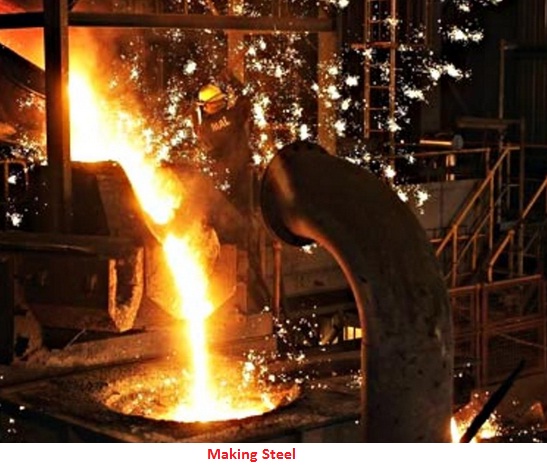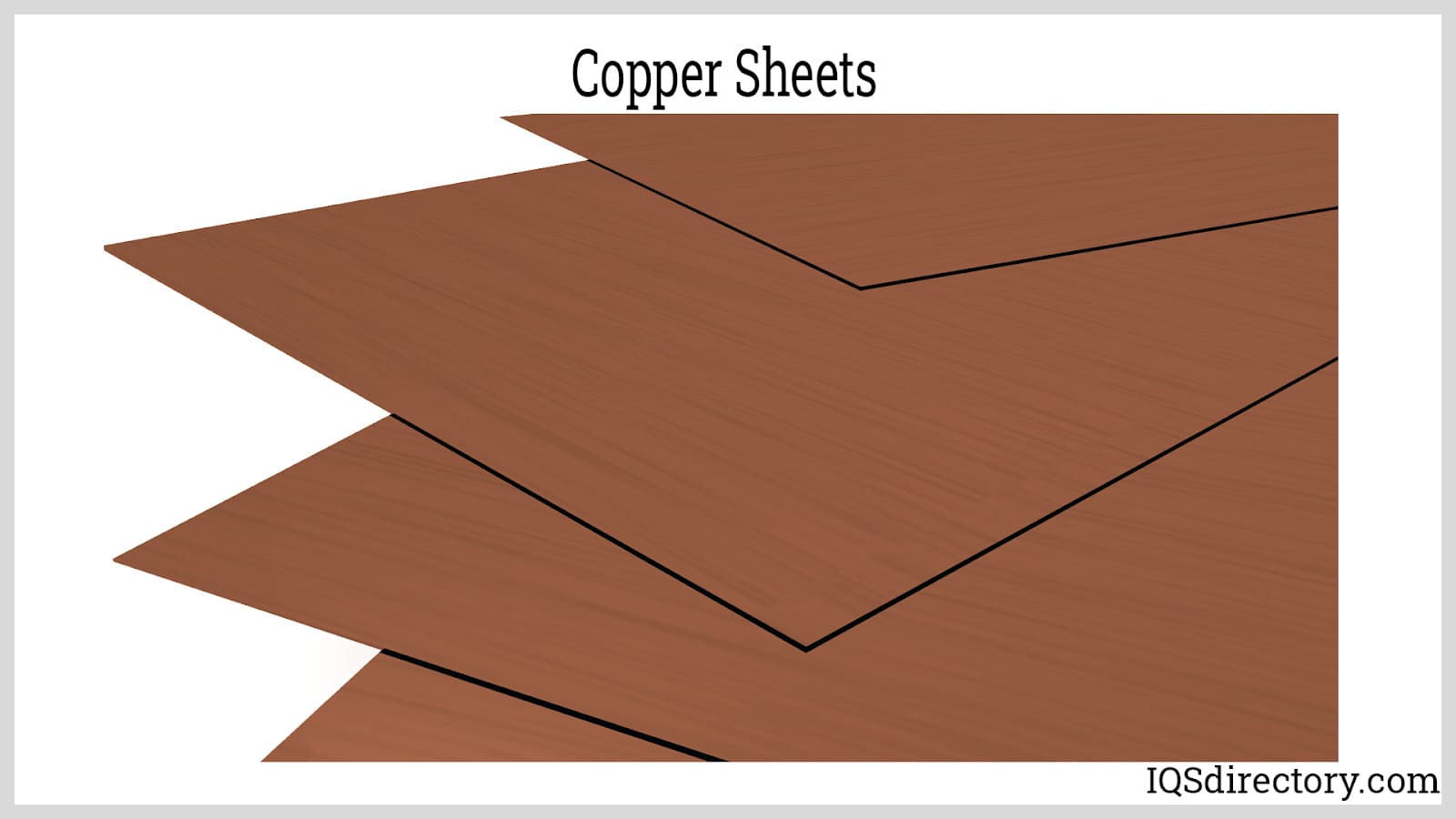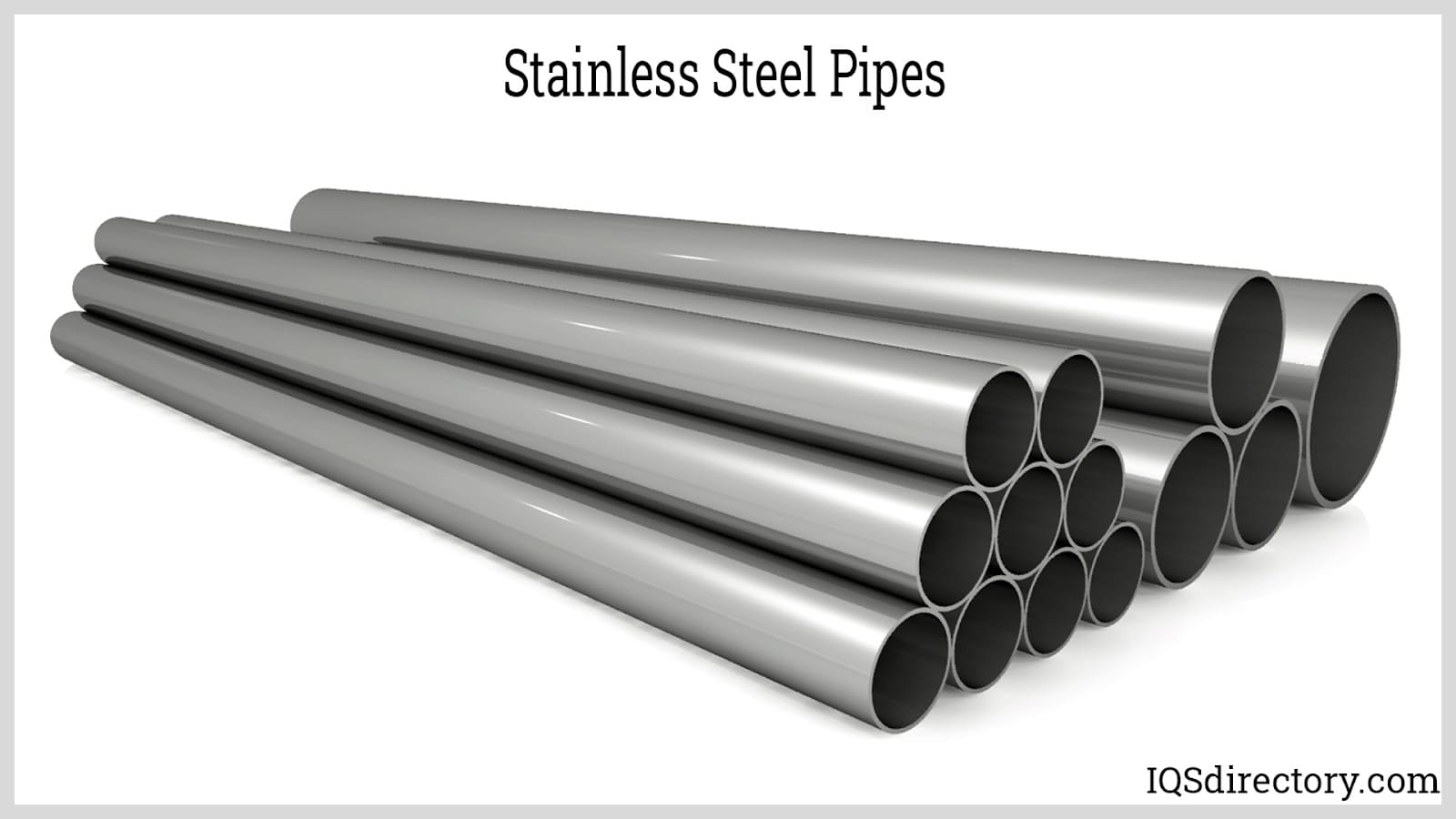Classification of Steels
It is impossible to determine the precise number of steel compositions and other variations that presently exist, although the total number probably exceeds 1000; thus, any rigid classification is impossible. However, steels are arbitrarily divided into five groups, which has proved generally satisfactory to the metalworking community.
These five classes are:
• Carbon steels
• Alloy steels (sometimes referred to as low-alloy steels)
• Stainless steels
• Tools steels
• Special-purpose steels
The first four of these groups are well defined by designation systems developed by the Society of Automotive Engineers (SAE) and the American Iron and Steel Institute (AISI). Each general class is subdivided into numerous groups, with each grade indentified. The fifth group comprises several hundred different compositions; most of them are proprietary. Many of these special steels are similar to specific steels in the first four groups but vary sufficiently to be marked as separate compositions. For example, the SAE-AISI designation system lists nearly 60 stainless steels in four different general subdivisions. In addition to these steels (generally referred to as “standard grades”), there are well over 100 other compositions that are nonstandard. Each steel was developed for a specific application. It should also be noted that both standard and nonstandard steels are designated by the Unified Numbering System (UNS) developed by SAE and ASTM International.
Classification of steels by composition
Carbon steels
Low carbon steels (C < 0.25%);
Medium carbon steels (C =0.25% to 0.55%);
High carbon steels (C > 0.55%).
Designation system:
American Iron and Steel Institute (AISI) together with Society of Automotive Engineers (SAE) have established four-digit (with additional letter prefixes) designation system:
SAE 1XXX
First digit 1 indicates carbon steel (2-9 are used for alloy steels);
Second digit indicates modification of the steel.
0 - Plain carbon, non-modified
1 - Resulfurized
2 - Resulfurized and rephosphorized
5 - Non-resulfurized, Mn over 1.0%
Last two digits indicate carbon concentration in 0.01%.
Example: SAE 1030 means non modified carbon steel, containing 0.30% of carbon.
A letter prefix before the four-digit number indicates the steel making technology:
A - Alloy, basic open hearth
B - Carbon, acid Bessemer
C - Carbon, basic open hearth
D - Carbon, acid open hearth
E - Electric furnace
Example: AISI B1020 means non modified carbon steel, produced in acid Bessemer and containing 0.20% of carbon.
Alloy steels
Low alloy steels (alloying elements ? 8%);
High alloy steels (alloying elements > 8%).
According to the four-digit classification SAE-AISI system:
First digit indicates the class of the alloy steel:
2- Nickel steels;
3- Nickel-chromium steels;
4- Molybdenum steels;
5- Chromium steels;
6- Chromium-vanadium steels;
7- Tungsten-chromium steels;
9- Silicon-manganese steels.
Second digit indicates concentration of the major element in percents (1 means 1%).
Last two digits indicate carbon concentration in 0,01%.
Example: SAE 5130 means alloy chromium steel, containing 1% of chromium and 0.30% of carbon.

Classification of steels by application
Stainless steels:
AISI has established three-digit system for the stainless steels:
2XX series – chromium-nickel-manganese austenitic stainless steels;
3XX series – chromium-nickel austenitic stainless steels;
4XX series – chromium martensitic stainless steels or ferritic stainless steels;
5XX series – low chromium martensitic stainless steels;
Tool and die steels:
Designation system of one-letter in combination with a number is accepted for tool steels.
The letter means:
W - Water hardened plain carbon tool steels;
O - Oil hardening cold work alloy steels;
A - Air hardening cold work alloy steels;
D -Diffused hardening cold work alloy steels;
S – Shock resistant low carbon tool steels;
T – High speed tungsten tool steels;
M - High speed molybdenum tool steels;
H – Hot work tool steels;
P – Plastic mold tool steels.
Classification of cast irons
- White cast irons - hard and brittle wear resistant cast irons consisting of pearlite and cementite.
- Grey cast irons - cast irons at slow cooling and consisting of ferrite and dispersed graphite flakes.
- Malleable cast irons - cast irons, produced by heat treatment of white cast irons and consisting of ferrite and particles of free graphite.
- Nodular (ductile) cast irons - grey cast iron in which Graphite particles are modified by magnesium added to the melt before casting. Nodular cast iron consists of spheroid nodular graphite particles in ferrite or pearlite matrix.






 Alloy Suppliers
Alloy Suppliers  Aluminum
Aluminum  Aluminum Extrusions
Aluminum Extrusions  Copper-Brass-Bronze
Copper-Brass-Bronze  Nickel
Nickel  Magnets
Magnets  Stainless Steel
Stainless Steel  Stainless Steel Tubing
Stainless Steel Tubing  Steel Service Centers
Steel Service Centers  Titanium
Titanium  Tungsten
Tungsten  Wire Rope
Wire Rope